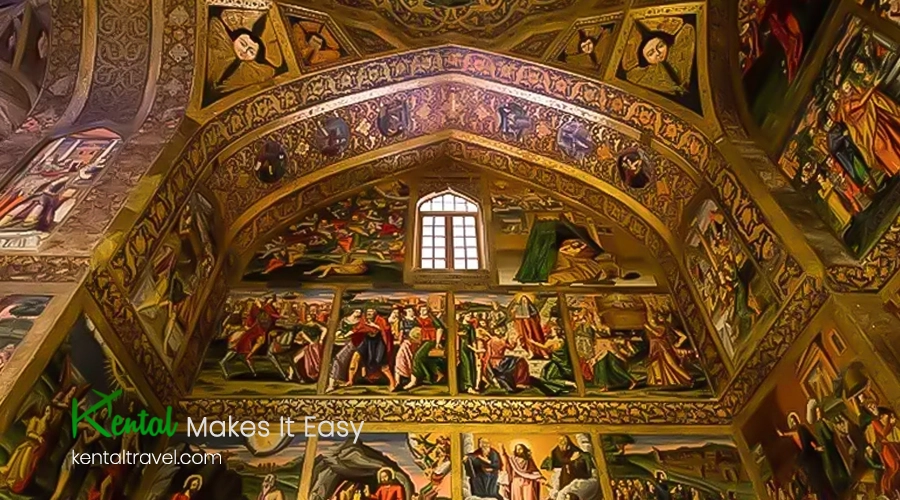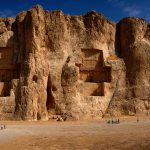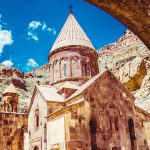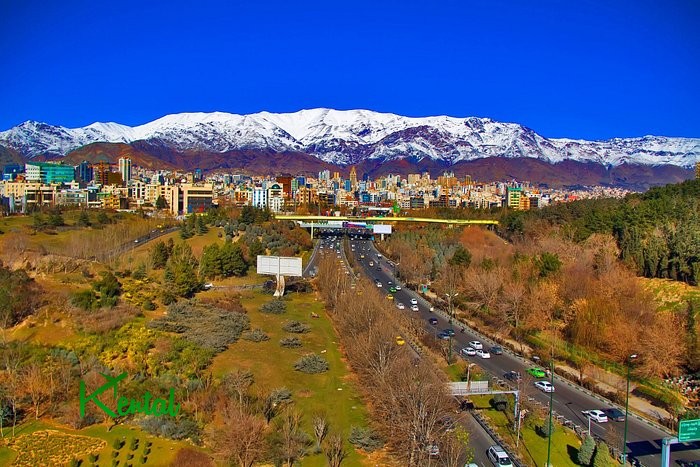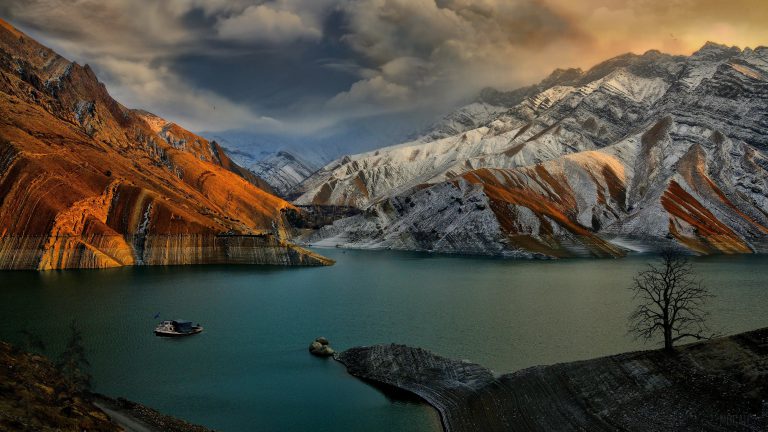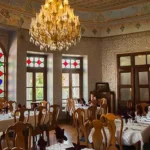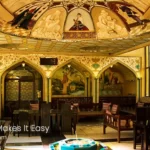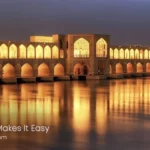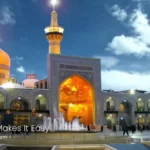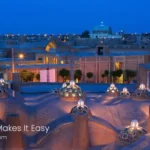Iran is a country with a rich history and heritage, along with its four-season geographical location, it encompasses numerous attractions that millions of domestic and international tourists visit. In the following, we will introduce you to some of the best attractions in different provinces of Iran, most of which are registered in Iran’s national heritage list and UNESCO World Heritage Sites. These astonishing Sites of Iran’s Historical Architecture and natural wonders will provide you with an unforgettable experience.
Iran Historical Architecture Sites
Iran’s attractions are not limited to historical or natural sites. This country has a rich history, a special geographical location, and diverse cultures. This means that Iran’s attractions are endless! The most important Historical Architecture Sites to Visit in Iran are:
- Shiraz, the ancient capital of Iran with over two thousand years of history
- Isfahan, the third largest city in Iran and known as the “Half of the World”
- Yazd, famous for its windcatchers and the world’s first adobe city
- Kashan, the city of fragrant flowers and historical houses
- Kerman, a city with the largest adobe structure in the world
In the following, we will introduce some of the historical buildings in Iranian cities
Iran’s Most Famous Architecture Landmarks
Visiting architecture landmarks is one of the things to do in Iran for tourists, especially for those who are interested in art, architecture and historical places. So, here are the most famous architecture landmarks in Iran.
1- Shah Cheragh, Shiraz
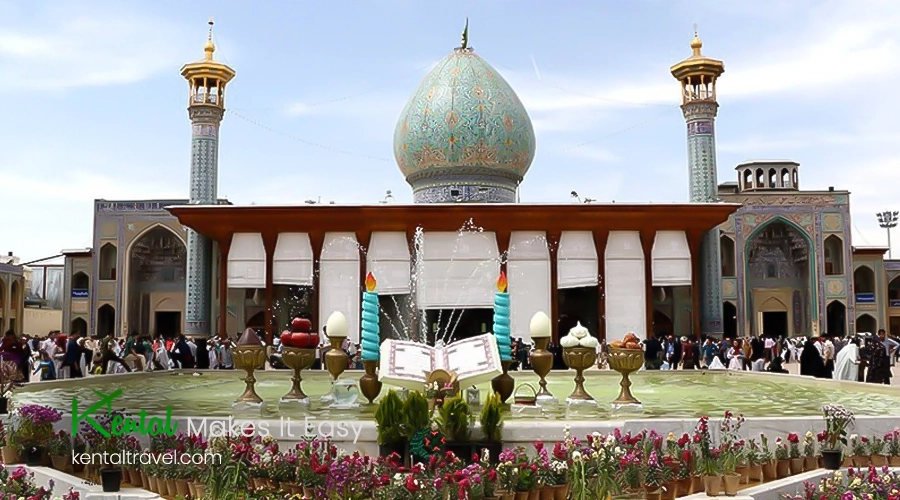
One of the most historical Architecture places in Iran is Shah Cheragh. Shah Cheragh is the name given to the mausoleum of Ahmad ibn Musa al-Kadhim in the city of Shiraz. This mausoleum is one of Iran’s most significant religious attractions and the largest pilgrimage site in Shiraz, shining like a brilliant gem in the city. It was built in the 6th century AH (Islamic calendar) during the rule of the Atabakan dynasty in the Azerbaijani architectural style. The Islamic architecture of this building has always fascinated art enthusiasts. The first reinforced concrete dome, known as the “Gonbad-e Ghoncheh” (Dome of the Bud), is a prominent feature. The dome is adorned with Islamic patterns and colors such as turquoise, lapis lazuli, blue, yellow, and white. Witnessing this dome is an experience that leaves one in awe. Shah Cheragh Mausoleum is a manifestation of Islamic art and has always captivated domestic and international tourists with its extraordinary architecture, tile works, artistic mirrors, and impressive calligraphy.
See More: Shah Cheragh, The most beautiful mosques in Shiraz
2- Sheikh Lotfollah Mosque, Isfahan
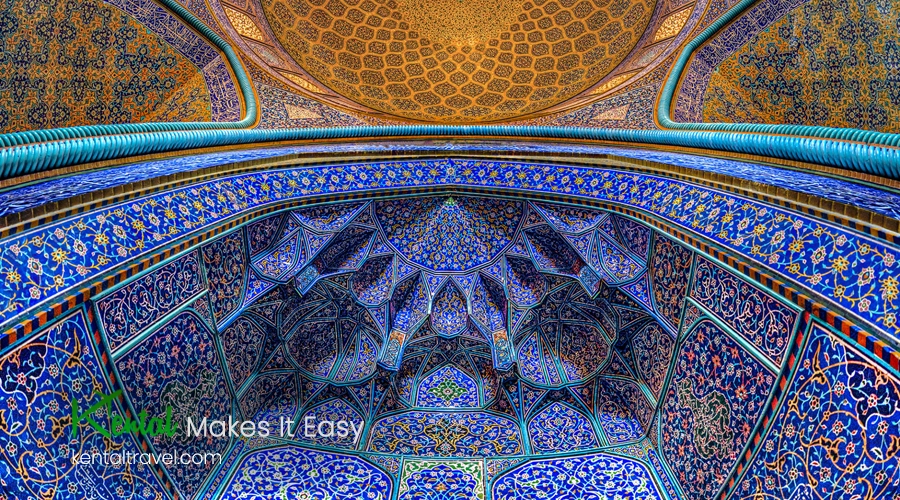
Sheikh Lotfollah Mosque is one of the Historical Architecture Sites in Iran. It is located in the city of Isfahan and is considered one of the prominent examples of Iranian architecture during the Safavid era. The mosque is named after Sheikh Lotfollah Juyini, a renowned historian and scholar during the Safavid dynasty. The construction of the Sheikh Lotfollah Mosque began in 1603 AD and was completed after 10 years in 1613 AD. Due to its unique design and architectural beauty, it is considered an important tourist destination in Isfahan.
3- Sultan Amir Ahmad Bathhouse, Kashan
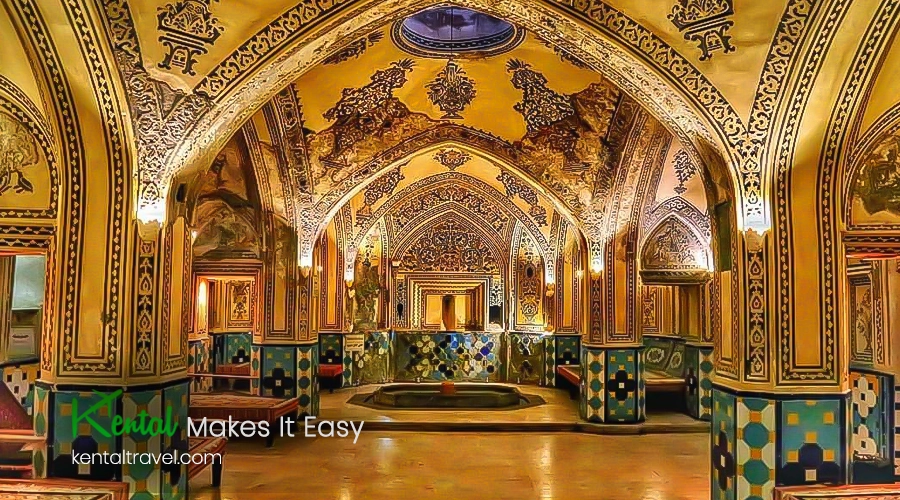
Sultan Amir Ahmad Bathhouse is one of Iran’s Architectural Buildings and historical bathhouses. It is located in the city of Kashan and is named after Sultan Amir Ahmad, a prominent ruler during the Safavid era. The construction of Sultan Amir Ahmad Bathhouse began in 1610 AD and was completed in 1631 AD. This bathhouse is adorned with beautiful geometric designs, protrusions, and unique geometric patterns using decorative shaped bricks. The walls and ceilings of the bathhouse are decorated with beautiful blue and yellow tiles and geometric patterns. These tiles, with their combination of colors and geometric patterns, create beautiful and artistic images. The ceiling of the hot chamber in the bathhouse is famous for its designed protrusions in shape.
See More: Fin Garden a Historical Persian Garden
4- Bazaar, Yazd

The Bazaar in Yazd is a collection of old markets that is a historical architectural site in Iran. Its history dates back to the Sassanian period and has evolved with changes and developments over time. This bazaar, with its Iranian architectural pattern, brick and tile work, various handicrafts, and traditional shops, forms a popular commercial and tourist center. The historical bazaar of Yazd also includes caravanserais, mosques, and traditional baths that represent the history and culture of this city. Visiting this bazaar allows visitors to delve into the depth of Yazd’s culture, the lives of its people, and their local arts. (You can read more about Yazd tourist attractions in this article: Yazd tourist attractions )
5- Eram Garden and Palace, Shiraz

It’s still not clear who first built Eram Garden, and that’s why its exact construction date is not recorded. The only existing document related to Eram Garden is its mention in several travelogues, which suggests its history can be traced back to at least the 10th or 11th century AH. In 1390, Eram Garden was registered on the UNESCO World Heritage List. Eram Garden in Shiraz is built on a rectangular-shaped land covering an area of 110,000 square meters. The architecture of Eram Garden in Shiraz is designed in a traditional and authentic style. The garden features traditional architecture with shade trees, pools and fountains, pavilions, and picturesque pathways. The architectural structure of Eram Garden, with its beautiful and natural elements, makes it a significant historical architectural site in Iran.
See More: List of Top Persian Gardens in Iran
6- Jameh Mosque, Isfahan

Jameh Mosque of Isfahan is one of the prominent historical architectural sites in Iran located in the city of Isfahan. Its history dates back to the Safavid era (in the 7th century AD). The architecture of this mosque is in the Iranian style and features a large courtyard, iwans, vestibules, and a sanctuary. Its exterior facade is adorned with beautiful turquoise tiles and exquisite mosaic work. Jameh Mosque of Isfahan is a combination of Iranian architectural elements, Islamic art, and local handicrafts, and is recognized as a masterpiece of architectural art in Iran.
See More: Masjed-e Jāmé of Isfahan
7- Tower and Fort of Bam, Kerman province

The Bam Citadel, known as the largest adobe structure in the world, is located in the historic city of Bam in Kerman province, southeastern Iran. This Historical Iran Architecture Site was registered as a UNESCO World Heritage Site in 1979. The Bam Citadel showcases significant features of Iranian architecture, and archaeologists and researchers recognize it as an outstanding example of water management structures in ancient Iran. The exact archaeological dating of the Bam Citadel is not available. However, through historical sources and ancient texts, the first human settlement in this area can be traced back to a castle built by the Achaemenids around 579-323 BC. The Bam Citadel complex occupies an area of 315 meters along the east-west axis and 270 meters along the north-south axis.
8- Naqsh-e-Rustam Necropolis, Shiraz

The graveyard of Naqsh-e-Rustam, near the city of Persepolis in Fars province, is super ancient, even older than the first millennium BC. This cemetery has over a thousand rock-cut tombs with impressive carved designs on the stone cliffs. You can find important historical and mythological reliefs here, including depictions of Iranian heroes and kings with a fierce and warrior-like appearance, like the famous image of Rustam, a legendary ruler of ancient Iran. The history and artistry of this necropolis go way back and hold immense value.
9- Vank Cathedral, Isfahan

Vank Cathedral in Isfahan, dating back to the 17th century, is a beautiful example of Neo-Gothic architecture. Vank refers to one of the Armenian communities in Isfahan, and this cathedral was built to serve the Armenian community there. The interior and exterior of the church are exquisitely designed and adorned with decorative walls, stained glass windows with beautiful patterns, and interior artwork. These elements contribute to making it a significant historical architectural site in Iran.
10- Ali Qapu Palace, Isfahan

Ali Qapu Palace in Naqsh-e Jahan Square, Isfahan, is one of the most stunning architectural examples from the Safavid era. This mansion was built around the year 1054 AH (1644 AD) by the order of Shah Abbas I, one of the powerful Iranian kings. The palace features notable elements such as the grand entrance portal, magnificent halls, a music hall on the highest floor, and prominent artworks throughout the building. The main pillars of this palace are wooden, adding to the allure of its architecture. Its remarkable and prominent design, along with the use of beautiful and artistic tiles, has turned it into one of the prominent symbols of Iranian architecture.
FAQs about Top Historical Architecture Sites in Iran
- What is the most famous architecture in Iran?
One of the coolest significant historical architectural sites in Iran that’s world-famous is Naqsh-e Jahan Square. It was built during the Timurid era and has amazing architecture. Naqsh-e Jahan Square in Isfahan is different from other squares and has some special features that will leave you amazed when you see it. - What is the oldest architecture in Iran?
Chogha Zanbil Ziggurat is an ancient temple located between the old cities of Shush and Shushtar in Khuzestan province. It’s a mud-brick structure that has been standing for almost 3,500 years. It’s the first ancient Iranian site registered by UNESCO. - What is Persian architecture called?
Persian architecture is known as “Iranian architecture.” It includes various styles and influences from different periods in Iran’s history, like the Islamic, Seljuk, Safavid, and Qajar eras. The distinct features of Iranian architecture are its intricate decorations, beautiful tile work, domes, arches, and the use of natural materials like bricks and stones.

